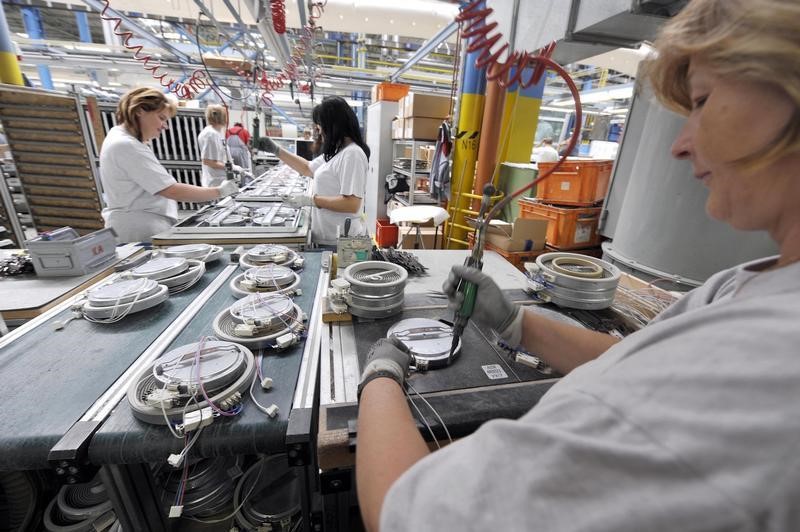Moody’s downgrades Senegal to Caa1 amid rising debt concerns
Investing.com - U.S. President Donald Trump has laid out a wide range of objectives for his aggressive tariff agenda.
In one sense, he has argued that raising tariffs on friends and foes alike represents a push to rebalance historic perceived trade imbalances, with the levies serving as a sort of cudgle in negotiations with foreign countries.
In another, the duties are touted as a revenue-generation tactic that will help offset planned deep tax reductions.
Still one more rationale pertains to stemming the flow of the illegal drug fentanyl into the United States.
But perhaps the most sweeping goal of the duties revolves around reshoring manufacturing jobs lost overseas, with White House senior advisor Peter Navarro saying the goal to "fill up all the half-empty factories that now are operating at low capacities around Detroit and the greater Midwest area".
Although manufacturing was once associated with lifting scores of Americans into the middle class in the wake of the Second World War, the sector’s workforce has waned in recent decades, analysts at Wells Fargo (NYSE:WFC) noted. According to the Bureau of Labor Statistics, the amount of Americans employed in manufacturing has dipped from around a quarter in the 1970s to currently roughly 8%.
Reversing this trend in the near term will likely prove to be difficult, especially as higher costs and uncertainty around Trump’s policies threaten to dent the willingness of companies to expand payrolls, the Wells Fargo analysts argued in a note to clients.
"As downstream industries face higher costs, they must decide whether to absorb them and accept lower margins, pass them onto customers via higher selling prices or a combination of the two. Neither avenue is supportive of employment growth," the brokerage said.
Even if Trump’s current tariff drive remains in place, a total rebound in manufacturing employment looks "hard-pressed", the analysts said, flagging that the capital-intensive nature of the industry in the U.S. would suggest a minimum of approximately $3 trillion of new investment.
An aging population in the U.S. and tighter immigration rules could also pose challenges for the broader labor market, including manufacturing, while factory jobs have become less desireable in the modern services-heavy U.S. economy, they argued.
"As such, a meaningful increase in the share of factory jobs, while possible, would likely unfold over many years and come at high cost," the analysts said.
